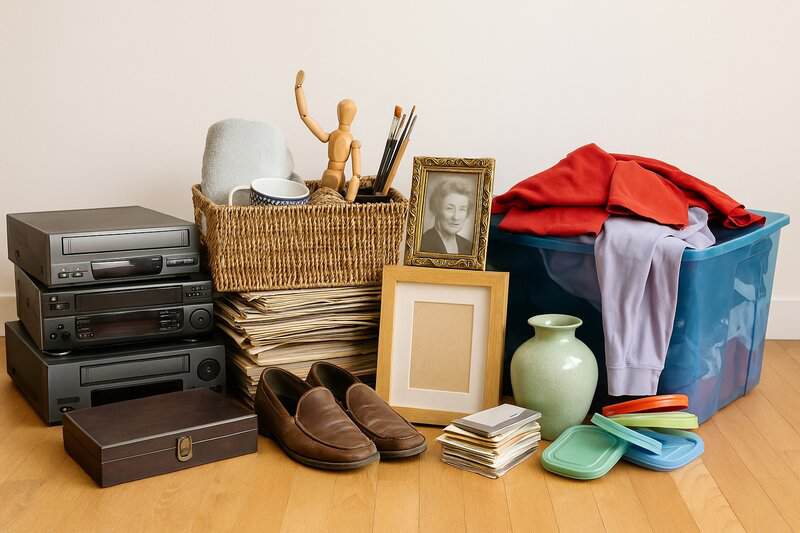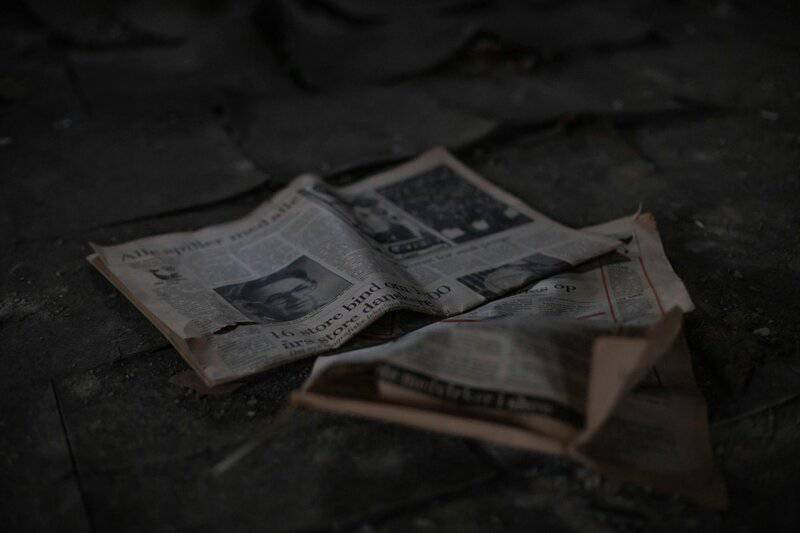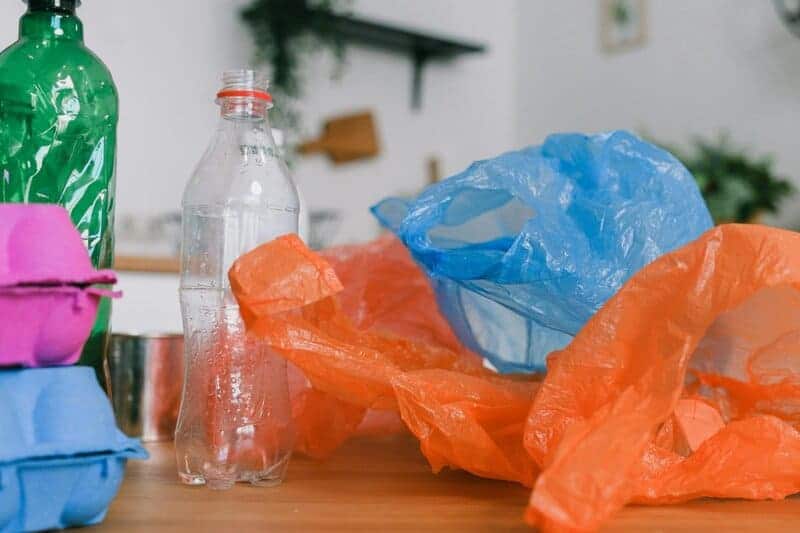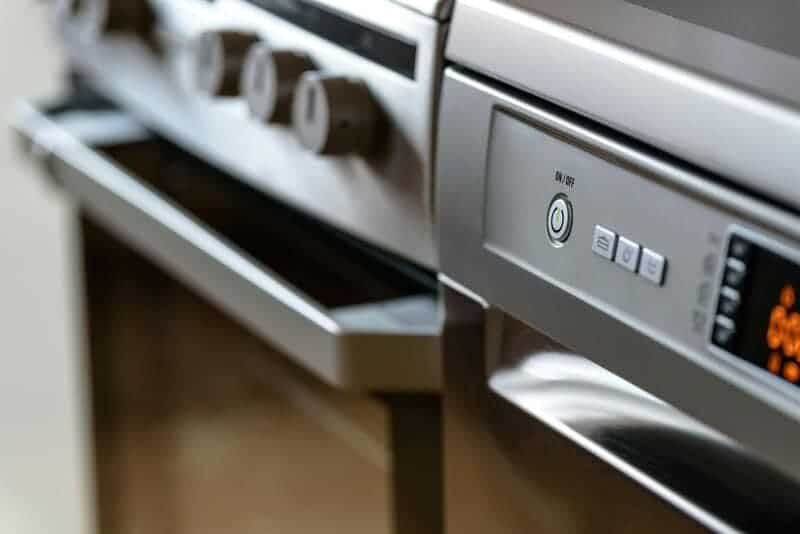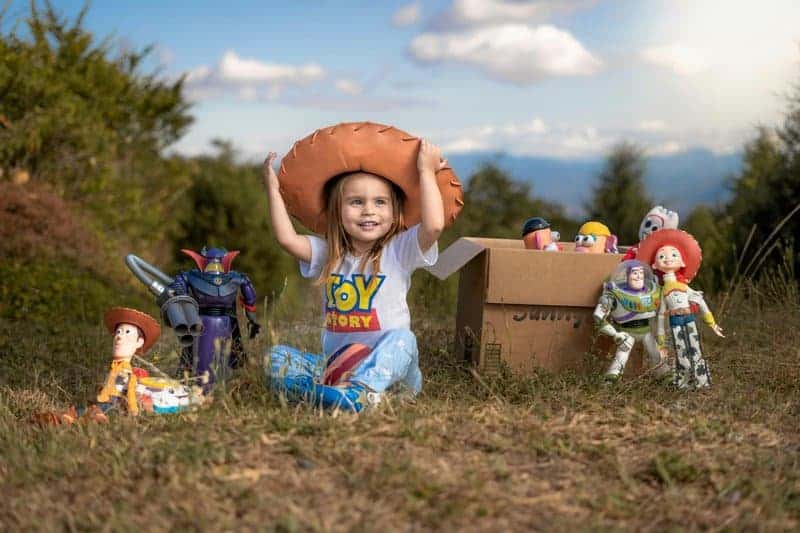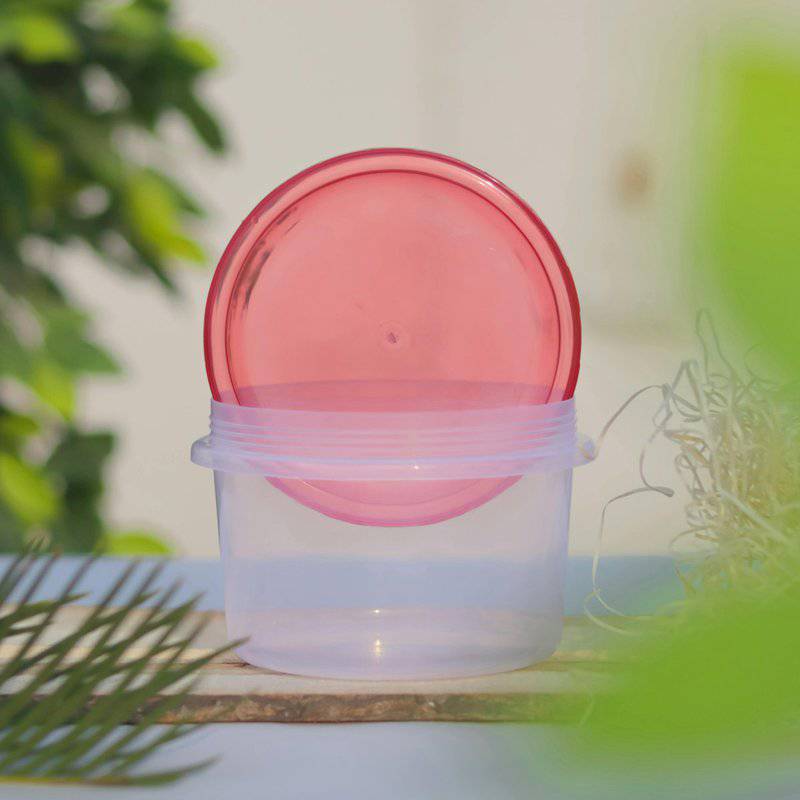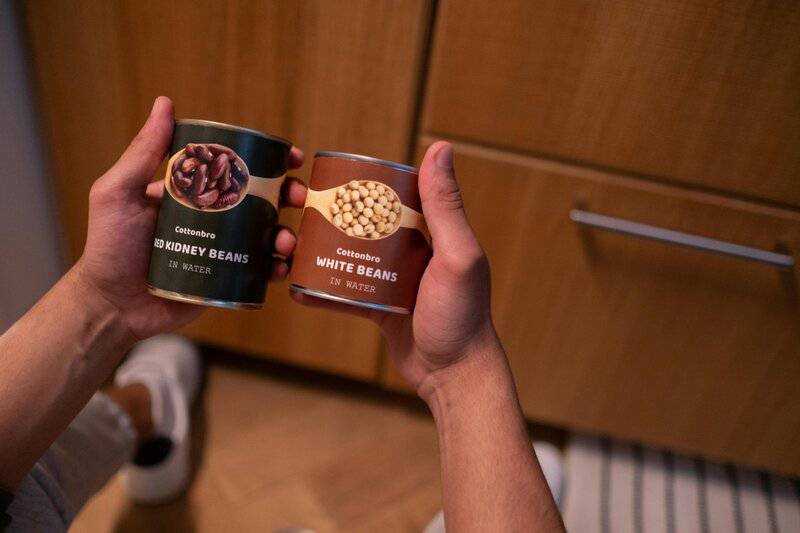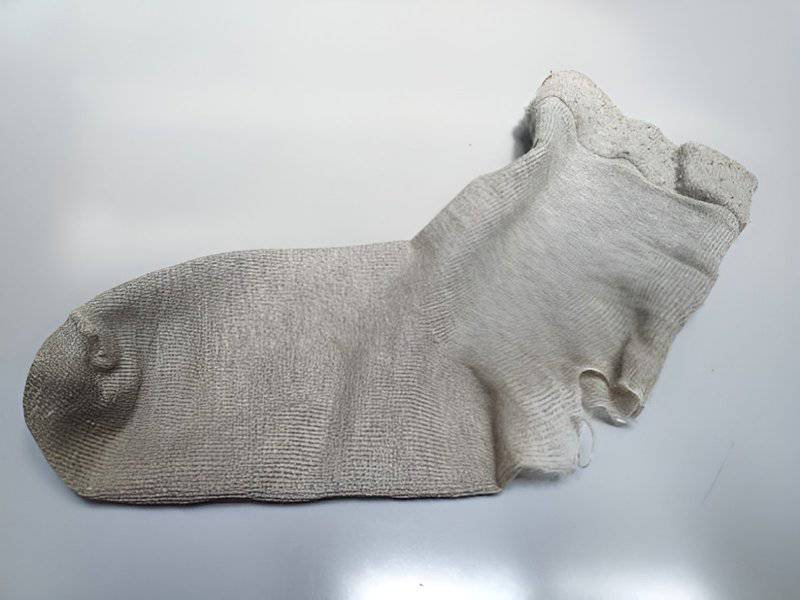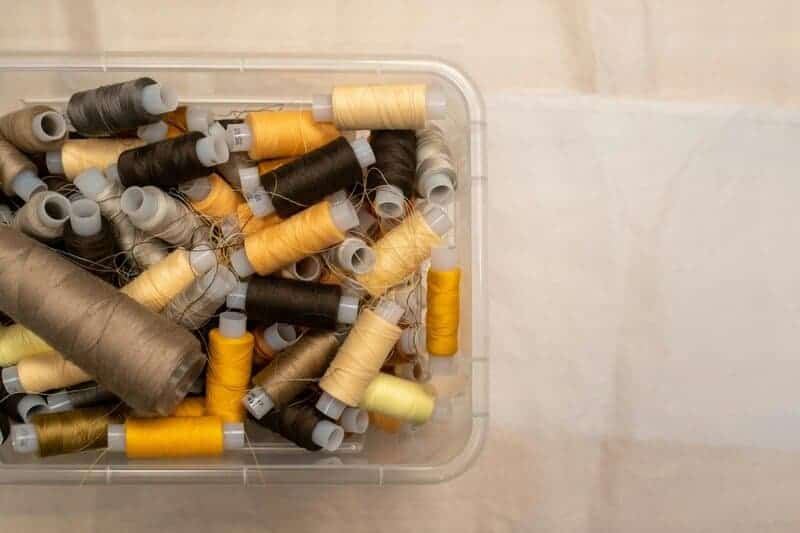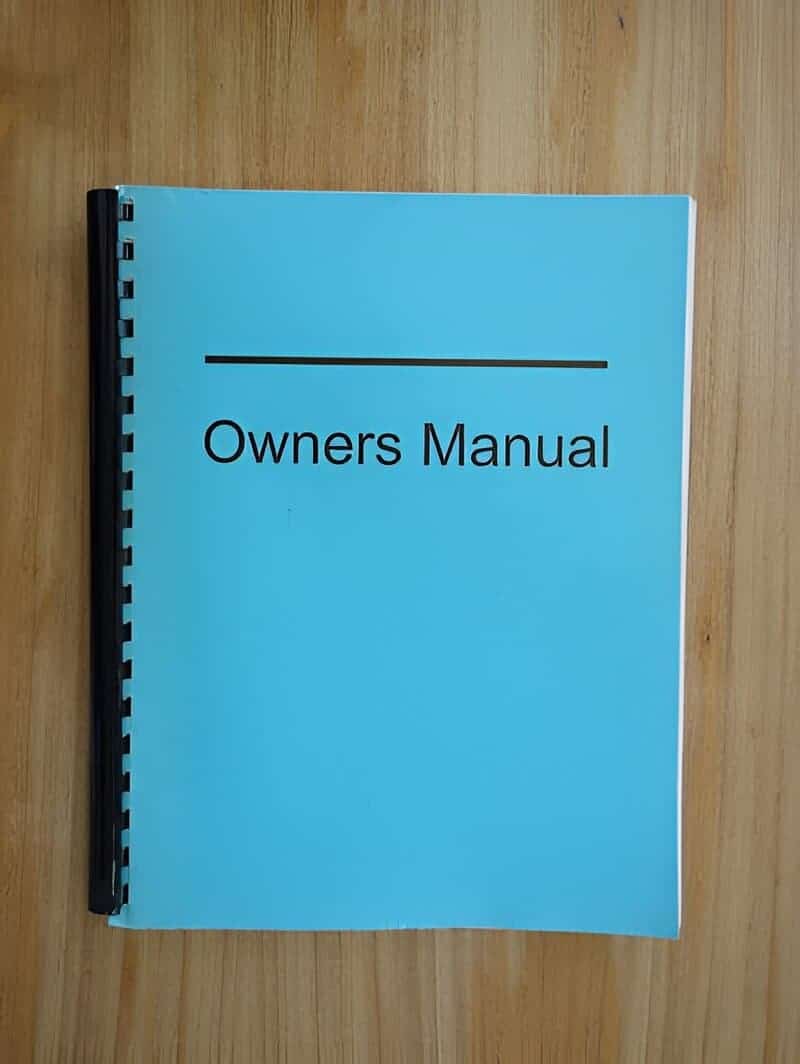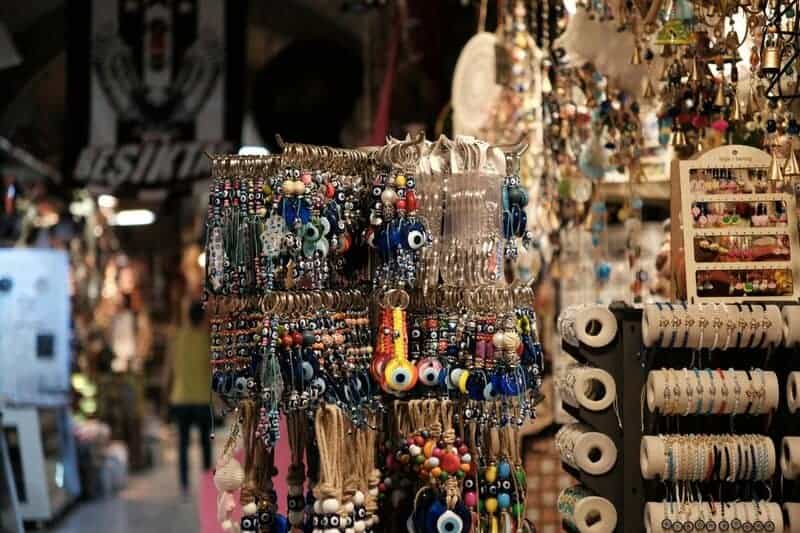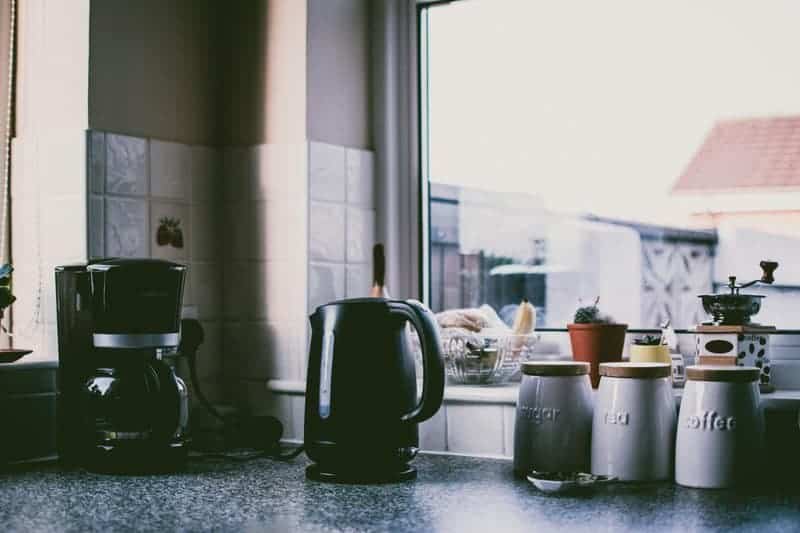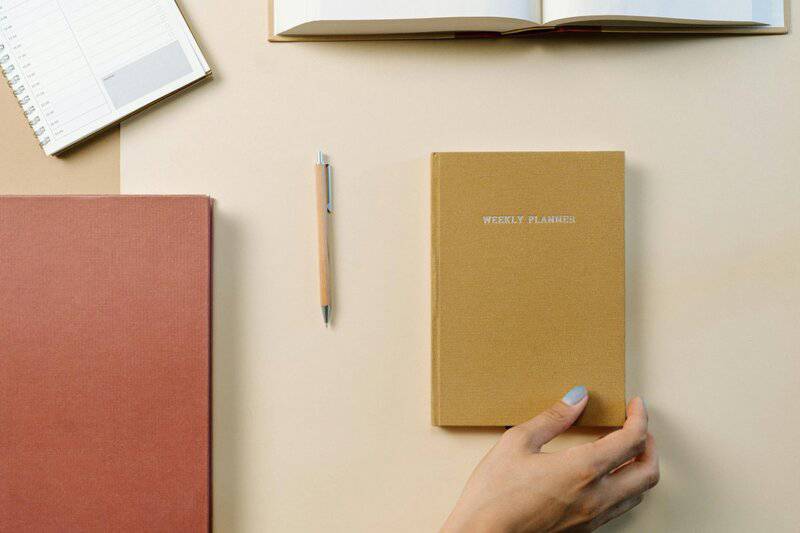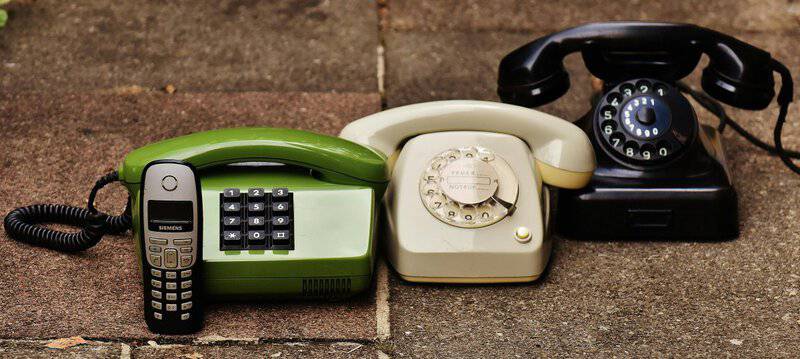Have you ever wondered what will become of your belongings after you’re gone? While many of us hold onto items for sentimental, practical, or even financial reasons, the reality is that our families often don’t share the same attachments. When the time comes, heirlooms and keepsakes can quickly become clutter in someone else’s eyes. Recognizing this can be a powerful motivation to reassess what we truly need and cherish. By letting go of things now, you can spare your loved ones the emotional burden of sorting—and discarding—items that meant little to them. Decluttering isn’t just about tidying up; it’s a thoughtful act of consideration for those you leave behind.

